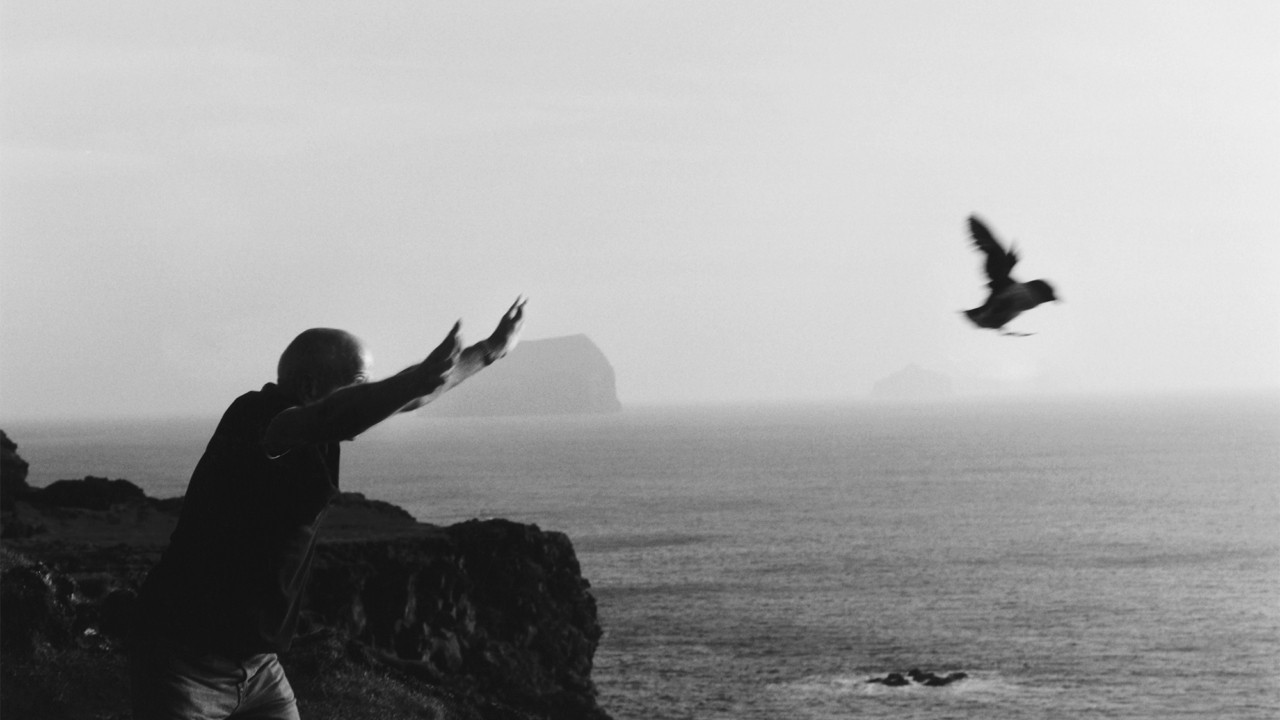As well as being the windiest place in Europe, The Westman Islands—a volcanic archipelago off Iceland’s southern shore—are home to the world’s largest colony of puffins. About one-fifth of the world’s millions of puffins live in and around the cliffs of Heimaey, the only inhabited island in the archipelago, outnumbering people by more than 1,000 to 1.
Pysju Tímabil, or puffling season, occurs on the island at the end of every summer. This roughly two-week period sees thousands of baby puffins leave their nests each night to take their first flight. A small proportion of these pufflings mistake the bright lights of Vestmannaeyjabær, the island’s only town, for the guiding light of the moon—and find themselves stranded inland instead of being led out to sea.
In response to this phenomenon, islanders gather nightly during puffling season to form what they affectionately call the Puffling Patrol. Locals spend hours—often until early morning—scouring the town for lost or stranded pufflings. Once rescued, these young birds are gently placed into cardboard boxes and kept safe overnight, allowing them to regain their strength before returning to the wild.
The next morning, a team of volunteers carefully tags and records each puffling before transporting them to the island’s western cliffs. There, island children proudly gather, eager to release the pufflings they’ve rescued the night before, gently tossing the birds skyward and helping them take flight to rejoin their colony.
Over the past three decades, puffin numbers have sharply declined, leading the species to be officially declared at risk of extinction in 2018. Thanks to dedicated conservation efforts and the tireless commitment of Heimaey’s local community, however, last year’s Pysju Tímabil recorded the highest number of pufflings since tracking began—a promising sign that this downward trend may finally be reversing.
